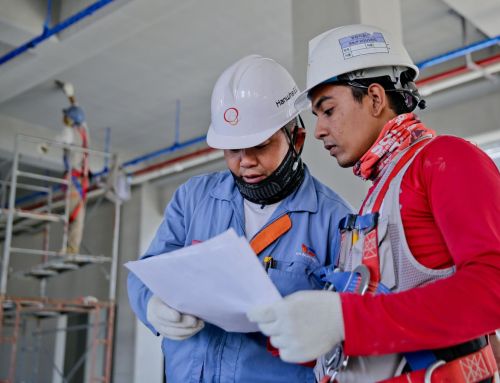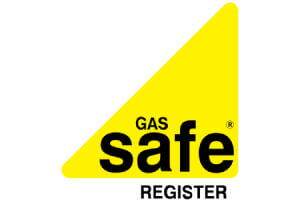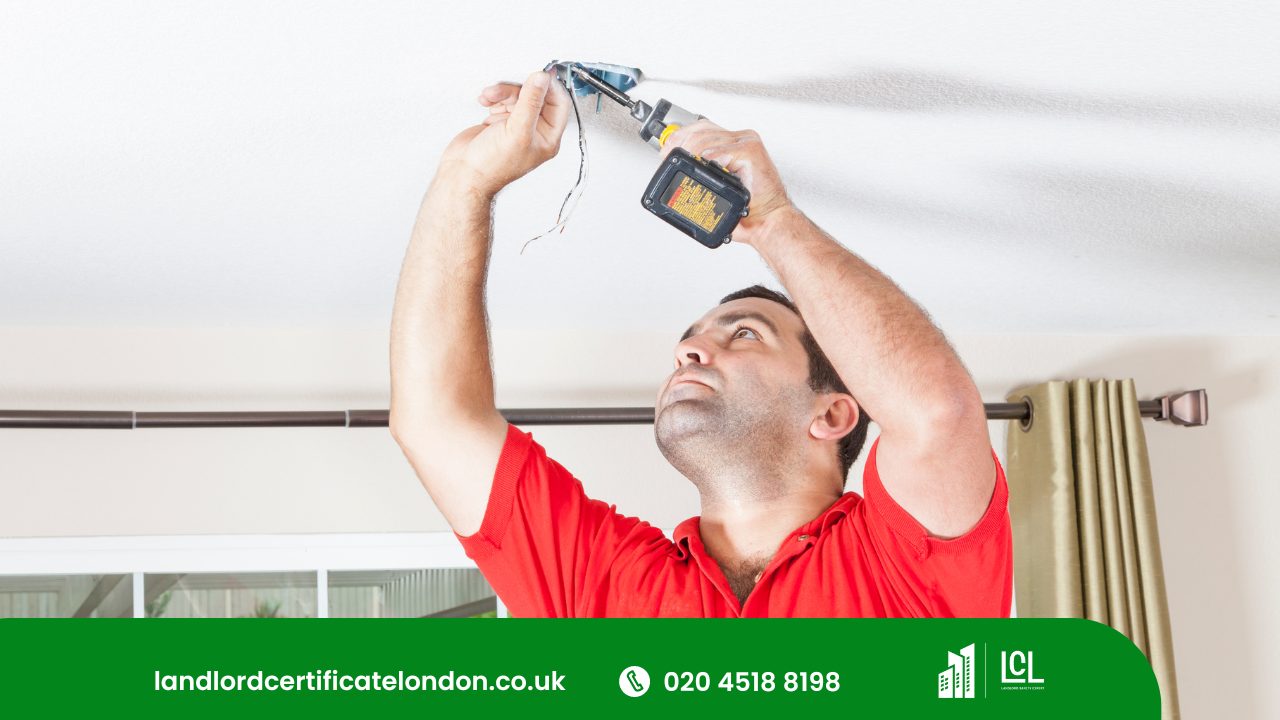
Emergency light testing is crucial for safety during crises, far beyond bureaucratic requirements. Compliance with standards like the BS 5266 series ensures that both commercial and residential buildings maintain fully operational emergency lighting systems, safeguarding occupants in critical situations. Monthly and annual testing routines are stipulated to verify the operational readiness of these life-saving fixtures, but the nuances of these requirements and their implementation raise several questions.
What exactly constitutes an effective testing procedure, and how do facilities ensure compliance without fail? This discussion invites a closer look at the intricate balance between regulatory compliance and practical application in the realm of emergency lighting. Let’s understand What Are the Requirements for Emergency Lights Testing?
Understanding Emergency Lighting
Understanding emergency lighting is paramount for ensuring safety and compliance within any building environment. This critical system activates automatically during a power outage, providing illumination that is essential for the safe evacuation and navigation of building occupants.
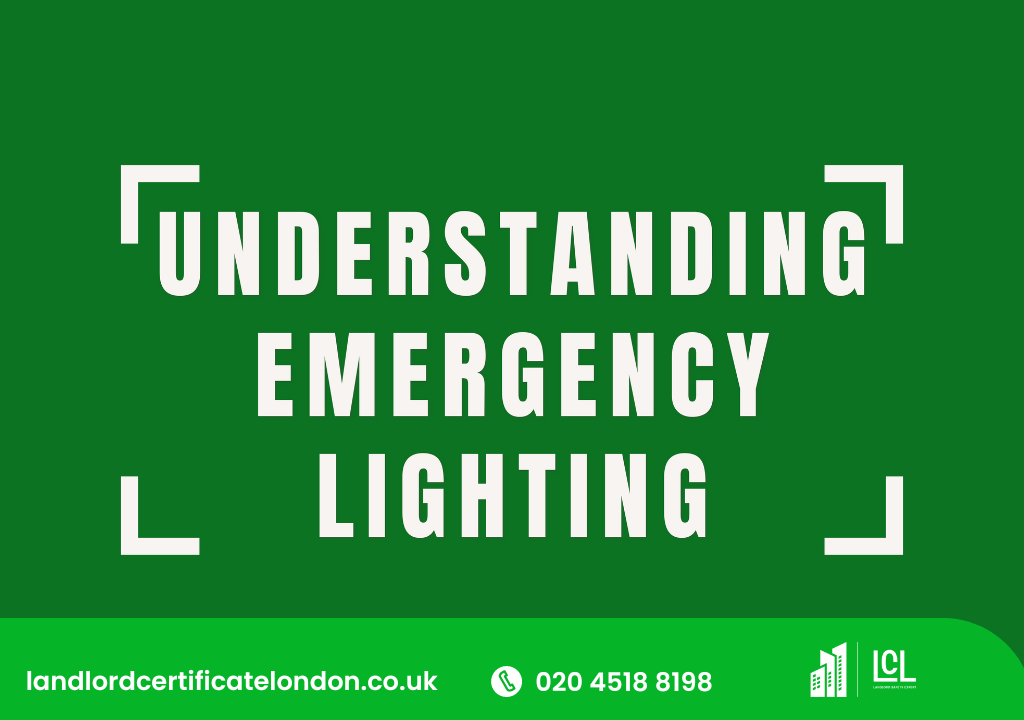
Emergency lighting systems are not merely beneficial; they are mandated by various safety regulations to support emergency preparedness and enhance safety awareness.
The fundamental purpose of these systems is to ensure that exit paths are clearly visible and obstacles or hazards are illuminated to prevent accidents during an evacuation process. This is crucial in scenarios such as fires, floods, or other emergencies where power failure is likely.
The design and implementation of an effective emergency lighting system must adhere to strict standards, ensuring that the intensity and coverage of the lighting meet required safety levels.
Building managers and property owners must recognize their legal obligations to install, maintain, and regularly inspect these systems. Non-compliance can result in severe legal and financial consequences, not to mention increased risk to life and property during emergencies.
Thus, a thorough understanding of emergency lighting systems is essential for ensuring a robust framework for safety within any built environment.
Frequency of Required Tests
Consistency in testing is paramount for the operational readiness of emergency lighting systems. To ensure robust emergency preparedness, regulatory frameworks stipulate precise testing intervals that building managers must adhere to. Monthly functional tests are mandated to verify that all emergency lighting operates effectively. This routine verification serves as a fundamental check to ensure that the systems will perform reliably during an actual power outage or emergency scenario.
Moreover, a more comprehensive evaluation is required annually. This involves a full-rated duration test of three hours to simulate a real emergency, ensuring the lighting can sustain illumination over an extended period, as emergency situations often last longer than a few minutes. These testing intervals are not arbitrary but are designed based on historical data and risk assessments that consider various emergency scenarios
Adherence to these intervals is not only a matter of legal compliance but also a critical component of facility safety management. Building occupants’ safety during emergencies heavily relies on the dependable function of these systems.
Therefore, regular testing is integral to maintaining a state of readiness and ensuring that all components of the emergency lighting system are operational at all times.
Procedure for Testing Lights
Initiating the procedure for testing emergency lights, building managers must first ensure that all systems are powered and operational. This initial phase is critical as it sets the groundwork for a comprehensive examination of the emergency lighting systems within the facility.
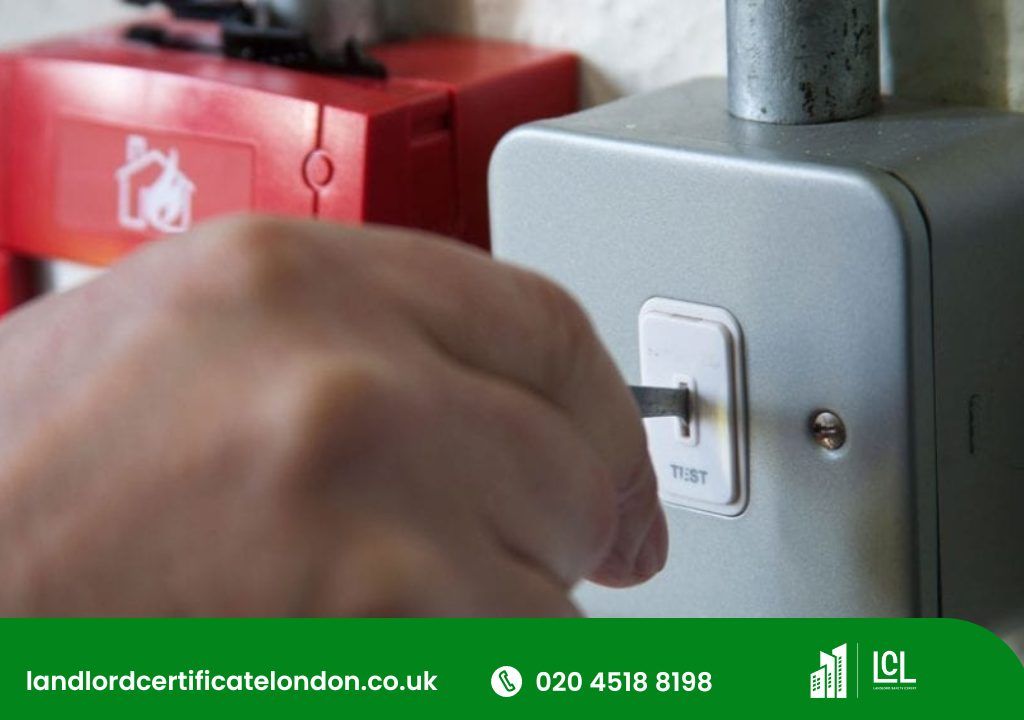
Following this, the testing methods employed must be both systematic and regulated to conform to established standards, such as BS 5266 and the Regulatory Reform (Fire Safety) Order 2005.
The next step involves the actual testing of the emergency lighting units. This is usually conducted by activating the test facility on each luminaire or by simulating a power failure to ensure that each light transitions to its battery supply efficiently and illuminates adequately.
During these tests, it’s paramount to verify the functionality of all operational components and the autonomy of the lights, ensuring they can sustain illumination for the required duration, typically a minimum of three hours as stipulated by the annual full discharge test requirements.
Equipment maintenance is also integral during this process. It includes examining and replacing any defective batteries, bulbs, or electronic components.
Additionally, cleaning luminaires and checking for physical damages are essential to maintain optimal light output and reliability. Proper documentation of all tests and maintenance activities must be meticulously recorded to uphold compliance and facilitate any necessary audits.
Choosing Professional Services
Selecting a qualified professional service for the testing and maintenance of emergency lighting systems is a critical decision that influences both regulatory compliance and overall safety.

Professional testing agencies are adept at navigating the complex landscape of regulatory requirements, ensuring that emergency lighting systems not only meet statutory obligations but also uphold the highest standards of safety and reliability.
When choosing a professional service, consider their certification and experience in handling emergency lighting systems. The ideal provider will demonstrate a thorough understanding of BS 5266 and EN 50172 standards, ensuring your systems are rigorously tested to withstand emergency situations.
Engaging with specialists who are consistently updated on the latest regulations and technological advancements can offer significant emergency lighting benefits. These include enhanced system reliability, improved responsiveness during emergencies, and a reduced likelihood of system failures.
Moreover, professional testing contributes to a proactive safety culture within facilities, identifying potential issues before they escalate into critical failures.
It is essential to select services that not only perform routine checks but also provide detailed feedback and recommendations for improving overall emergency lighting efficacy.
Ultimately, the expertise of professional emergency lighting technicians is invaluable in maintaining operational readiness and ensuring compliance with safety standards.
Documentation and Compliance
Meticulous documentation and strict compliance with regulatory frameworks are fundamental for maintaining the integrity of emergency lighting systems. Effective record keeping not only facilitates the operational reliability of these safety measures but also ensures adherence to legal obligations.
Building managers and responsible parties must maintain detailed logs, documenting each test and inspection of the emergency lighting fixtures. These records should explicitly state the date, scope, and results of the examinations, any interventions carried out, and the identities of the individuals performing these tasks.
This rigorous documentation process serves multiple critical functions. Firstly, it provides tangible proof of compliance with safety regulations such as the Health and Safety at Work Act 1974 and the Regulatory Reform (Fire Safety) Order 2005.
Secondly, in the event of an incident, these records can be vital in demonstrating due diligence and potentially mitigating legal repercussions. Lastly, a well-maintained log facilitates analysis and optimization of the lighting system, ensuring that all components function optimally in an emergency scenario.
Therefore, stakeholders must prioritize the establishment of comprehensive, systematic procedures for the recording and retention of all compliance-related activities to uphold safety standards and fulfill regulatory requirements.
Types and Regulatory Standards
Understanding the various types of emergency lighting and adhering to regulatory standards is essential for ensuring compliance and enhancing safety in any facility. Emergency light types include exit signs, emergency escape lighting, and standby lighting. Each serves distinct functions—from indicating escape routes to providing illumination that enables the continuation of normal activities during a power outage.
Regulatory compliance in emergency lighting is governed by stringent standards to ensure that installation, operation, and maintenance meet safety requirements. In the UK, the BS 5266 series and the Regulatory Reform (Fire Safety) Order 2005 dictate the specifications and testing frequency for these systems.
These regulations require that all emergency lighting systems be tested monthly and undergo a full rated duration test annually to verify their effectiveness during prolonged power failures.
Adherence to these standards is not merely a legal obligation but a critical component of risk management in building safety protocols. Facilities must ensure that all emergency lighting systems are functionally tested with documented results to maintain compliance.
Failure to comply can result in legal repercussions and compromise occupant safety during emergencies, underscoring the importance of rigorous compliance checks and regular maintenance schedules.
Conclusion
In conclusion, stringent adherence to regulatory standards and scheduled maintenance of emergency lighting systems is imperative for ensuring safety and compliance. Regular testing, including monthly functional checks and annual full-duration assessments, alongside meticulous documentation, are essential components of an effective emergency lighting strategy. Facilities must prioritize these practices to safeguard occupants and uphold legal standards, thereby enhancing emergency preparedness and minimizing risk during potential evacuations.
About the Author: LandlordCertificate
Related Posts
Get Social
Recent Posts
- Domestic Fire Alarm Installation: Protecting Your Home and Family with Reliable Fire Safety Systems
- Asbestos Management Survey Report: Complete Guide for Property Owners and Duty Holders
- Emergency Lighting Test Certificate: A Complete Guide for UK Properties in 2025
- Portable Appliance Testing Cost in 2025: Everything You Need to Know
- Energy Performance Certificate Requirements Explained for 2025


